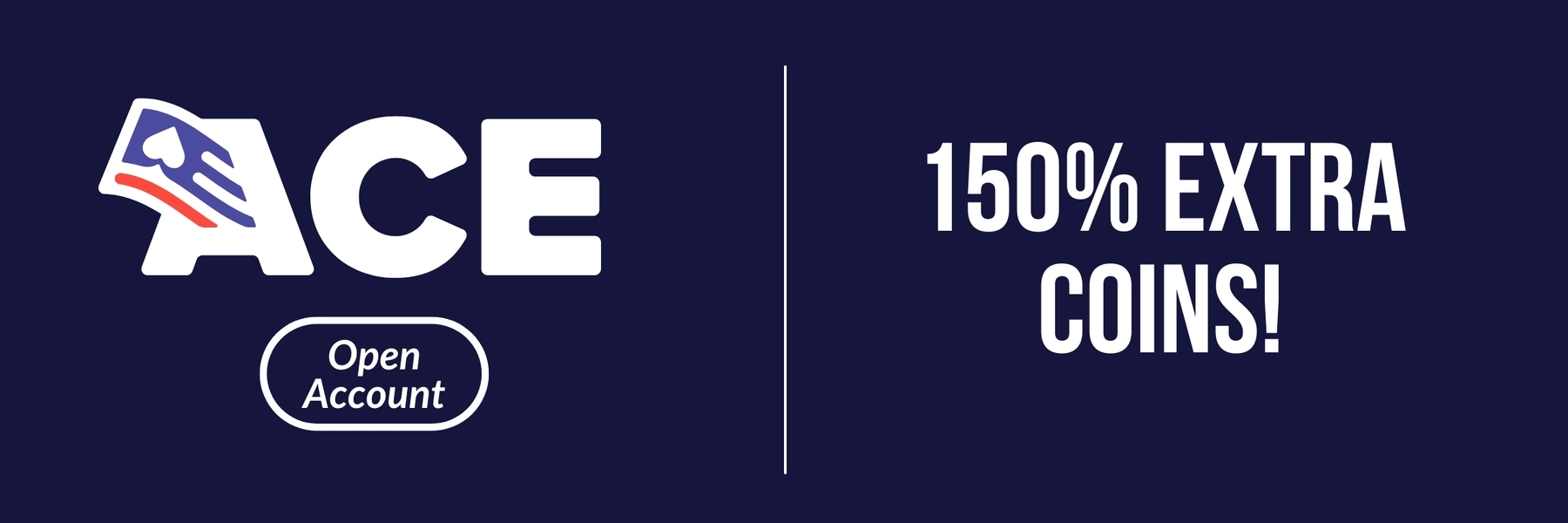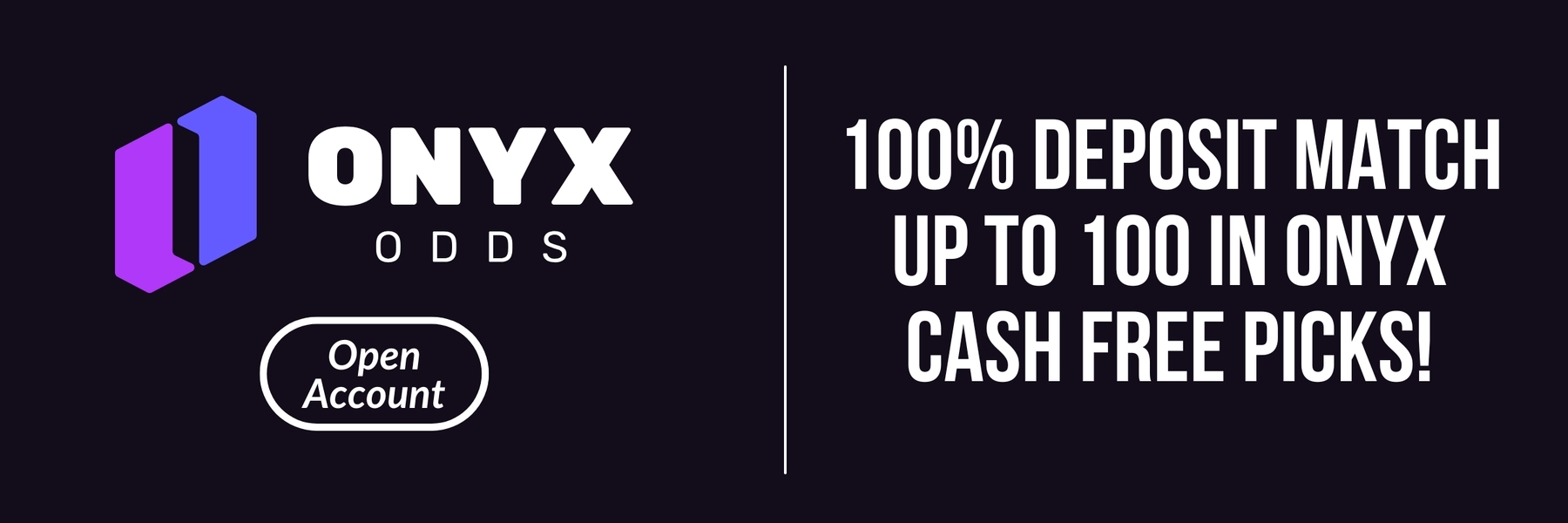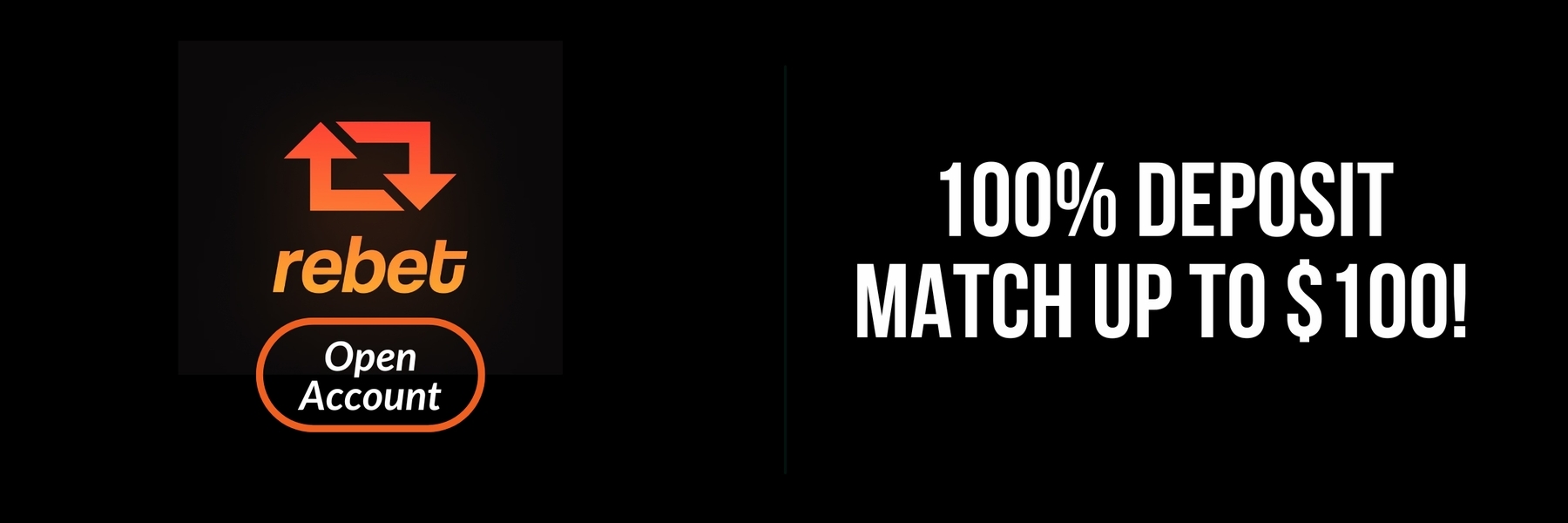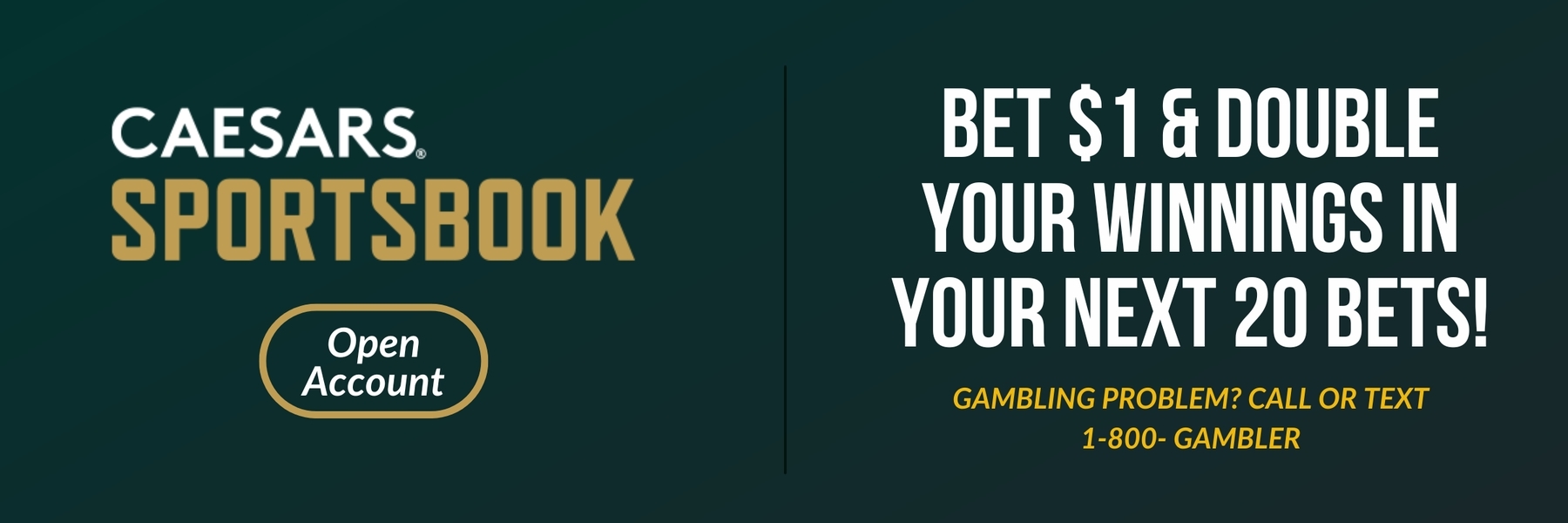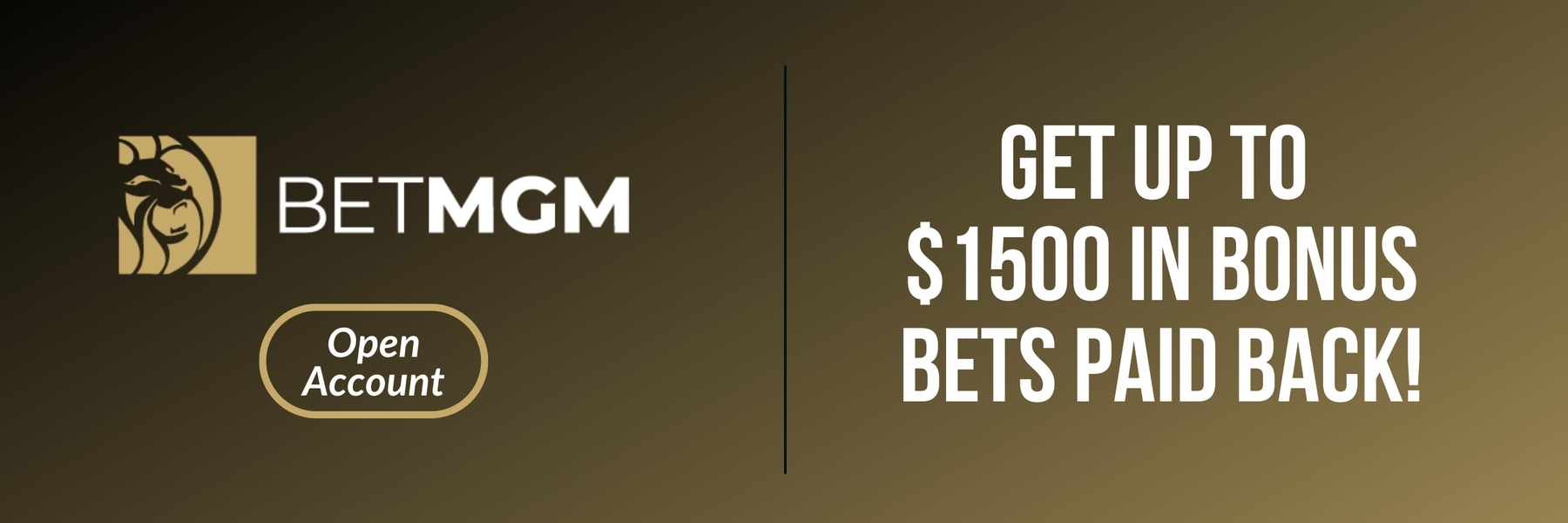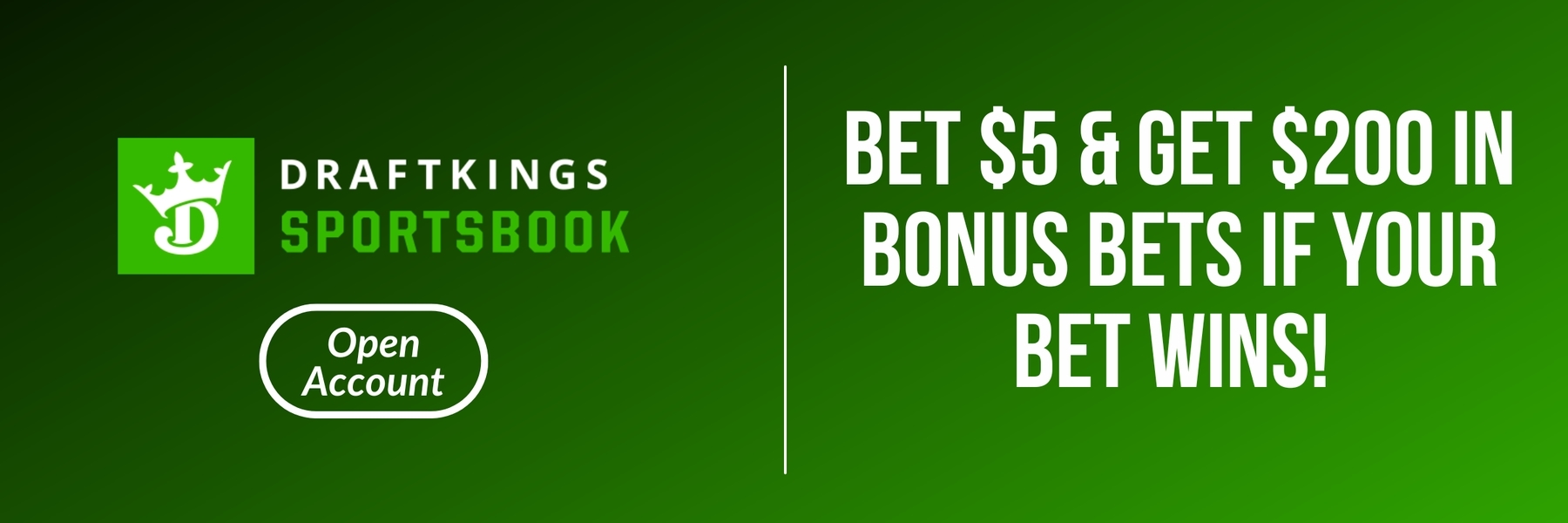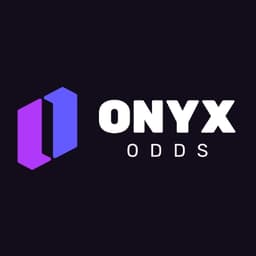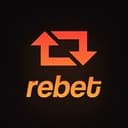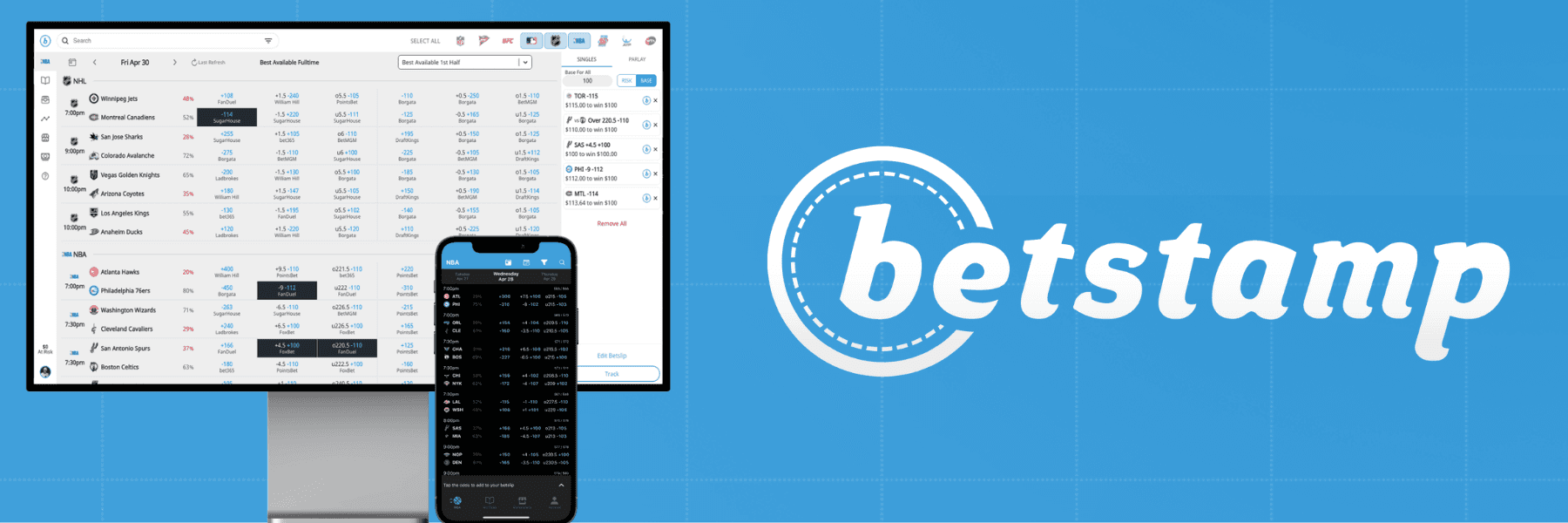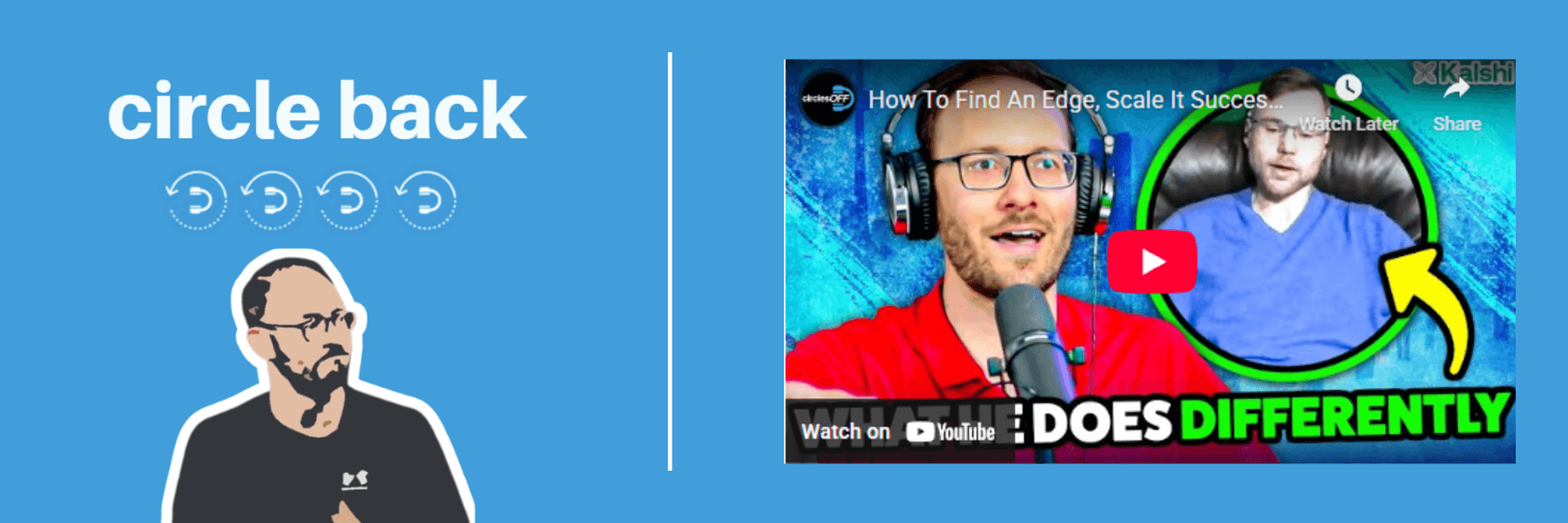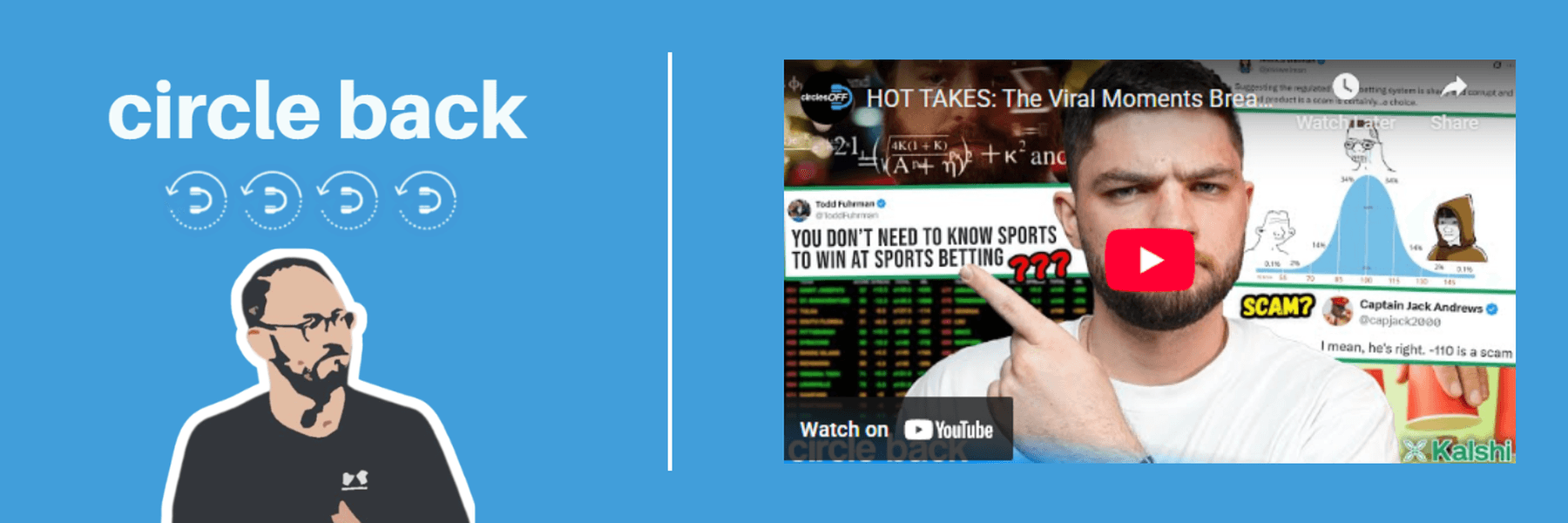Unlocking the Art of Positive Betting Value: Mastering Closing Line Value in Sports Betting
As sports betting continues to rise in popularity, bettors are on a constant quest to refine their strategies and gain a competitive edge. Today, we’re diving into a game-changing concept that can significantly impact your betting success: Closing Line Value (CLV). In the latest episode of our Circles Off Educational Series hosted by pro bettor Rob Pizzola, we get an in-depth look at how to achieve positive CLV and why it's essential for anyone looking to beat the odds in the long run.
What is CLV in Betting?
CLV is a measure of how the odds you secured at the time of your bet compare to the final odds offered before the event begins. Rob Pizzola explains that positive CLV indicates that you've locked in more favorable odds than what the market eventually settled on, akin to buying a stock at a lower price before its value rises. On the flip side, negative CLV suggests that the odds got better after you placed your bet, hinting at a potentially missed opportunity for greater value.
Calculating Closing Line Value: What Really Counts
So, how do you actually measure the amount of Closing Line Value you’ve achieved on a bet? It’s all about comparing the odds you locked in with the odds available right before kickoff (or tip-off, first pitch, puck drop—you get the idea). The greater the difference in your favor, the better your CLV.
For example, say you back Baltimore at -2.5 (-110) early in the week, and by game time, the market consensus moves to -4 (-110). You’ve essentially beaten the market by 1.5 points. Achieving positive CLV like this is the hallmark of sharp betting, similar to snagging shares of Apple before they soar.
But here’s a key point: not all points are created equal. Some numbers in sports betting carry more weight than others—what the industry calls “key numbers.” For instance, in NFL spreads, moving across 3 or 7 is a much bigger deal than shifting from -8.5 to -9.5. That’s why sportsbooks like FanDuel and DraftKings often adjust their pricing, or “vig,” around these pivotal thresholds.
- A move from -2.5 to -3.5 is not just any one-point shift; it covers a key number, making it far more significant—roughly three times more valuable than moving from -7.5 to -8.5.
- When tallying CLV, look at both the size of the movement and whether it crosses those key numbers.
So, when tracking your bets, don’t just count the points moved—consider whether you’ve crossed a key threshold. That nuance is what separates casual bettors from the pros.
Are All Point Movements in Line Value Equal?
While it’s tempting to measure your success simply by the number of points that a line moves in your favor, not all points on the board carry the same weight—especially in sports like football. Certain numbers, known as "key numbers," occur more frequently in final scores due to the way points are tallied (think 3 and 7 in the NFL). That’s why sportsbooks like DraftKings or FanDuel often charge extra for moving your bet across these thresholds.
Let’s break it down with an example: Suppose you bet a team at -2.5 and the closing line lands at -3.5. At face value, that’s a one-point move. But because you’ve crossed the key number of 3—a common margin in football—the value of this move is significantly higher. In fact, moving through 3 can represent a substantial edge, sometimes offering triple the benefit compared to crossing a less pivotal number.
On the other hand, if you bet a team at -7.5 and the line closes at -8.5, you’ve also scored a one-point move. But since neither side of that move involves a key number, the impact on your long-term returns is much smaller, despite the identical one-point shift.
So, while every bit of positive CLV is good, recognizing which numbers matter most can significantly sharpen your betting strategy and expectations for ROI.
To truly understand CLV, it's helpful to know how sportsbooks arrive at those all-important numbers—the opening and closing lines.
The opening line is essentially the starting point: it's the first set of odds sportsbooks release for a particular game. Picture a team like the Baltimore Ravens opening as 2.5-point favorites at -110 odds against the Detroit Lions, as posted by a major sportsbook in Las Vegas. This number isn't drawn from a hat; it's crafted using statistical models, injury updates, historical performance, market sentiment, and sometimes even a dash of expert bookmaker intuition.
Over time, however, the betting market does its thing. As wagers pour in and new information becomes available—think significant roster changes, weather updates, or influential bettors placing major action—the odds begin to shift. This is called line movement, and it's the sportsbook's way of balancing their risk while reacting to the collective intelligence of the betting public.
Eventually, just before kickoff or tipoff, you get the closing line. This is the final set of odds available for betting, and it's often viewed as the most accurate reflection of a game's true probabilities. For our Ravens vs. Lions example, if late action or breaking news shifts the line to Ravens -4 right before game time, that's your closing line.
Understanding how these lines are developed—and how they move—is key, because it highlights why finding value before the line shifts is so crucial to long-term betting success. For a deeper dive into why lines move the way they do, it's worth checking out other resources or articles dedicated to this topic, as line movement and CLV are closely intertwined.
The Importance of Key Numbers in Sports Betting
Not all points on the betting spread are created equal—some numbers carry far more weight than others. In football, for instance, the number three is famously significant because so many games are decided by exactly a field goal. That's why sportsbooks often charge extra “vig” when you want to move a bet across this crucial line.
Let’s break it down with an example:
- Imagine you bet on a team at -2.5, and by kickoff, the line has shifted to -3.5. That single-point swing is huge, because you’ve crossed the key number of three—a margin where many games land. Securing the line before it moves past three can represent roughly 16% worth of strong closing line value (CLV).
- Compare that to a similar one-point shift, say from -7.5 to -8.5. While the total move is the same, the impact is much lower—only about 5% positive CLV—because games are much less likely to finish with an exact margin of eight.
The takeaway? Moving across key numbers like three or seven gives your bet a major edge, far more than a simple one-point gain might suggest elsewhere on the line. Knowing which numbers matter most can help sharpen your strategy and maximize the value you lock in.
Why Do Sportsbooks Charge Extra Vig for Key Numbers?
If you've ever wondered why sportsbooks tack on extra vig when you try to buy points on or off certain numbers—especially the vaunted key number of 3 in football—there’s good reason for it. Some point spreads simply carry more weight than others. Take the number 3, for example: in NFL games, it’s the most common margin of victory, thanks to the prevalence of field goals.
Let’s break it down with a real-world scenario. Suppose you bet on a team at -2.5 and, by kickoff, the line has shifted to -3.5. That one-point movement isn’t just any point—it covers the critical number of 3 and represents a sizable swing, around 16% in terms of closing line value. Contrast this with a line move from -7.5 to -8.5, which also shifts by a single point but only boosts your edge by about 5%.
So, while both scenarios present a one-point difference, the impact on your expected value is much greater when that move crosses a key number. Sportsbooks know this, and that’s why they’ll ask for a little extra juice when key numbers come into play—because those shifts can have a major effect on your long-term results.
Why CLV Matters
Consistently achieving positive CLV is a strong indicator of sharp betting acumen. Pizzola points out that sportsbook traders closely monitor bettors who regularly secure positive CLV, as it often correlates with long-term profitability. In fact, a conversation with a former sportsbook trader reveals that this metric is a key factor in determining whether to limit a bettor's account.
How Understanding CLV Elevates Your ROI
Let’s break down why a deep grasp of CLV (Closing Line Value) is your secret weapon for growing your bankroll—think of it as playing chess while others are moving checkers.
When you consistently secure bets at odds better than those available at kickoff—or closing—the numbers are on your side. Imagine grabbing the Baltimore Ravens at -2.5 early in the week, only to see that by game time, the line has shifted to -4. That kind of edge is more than luck; it’s a sign you’ve outmaneuvered the market, locking in greater potential profit.
But here’s where seasoned bettors separate from the rest: Not every point of movement is created equal. Certain numbers in sports betting—like the famed “3” in football—hold more weight, much like the hot spots on a Monopoly board. Crossing these “key numbers” with your closing line advantage packs a far bigger punch for your ROI. The savvy bettor doesn’t just chase line moves, but targets those that cross these impactful thresholds.
It’s also important to focus on the big picture. While you might run hot or cold over a handful of games, those short-term swings are mostly noise—not a true measure of skill. Over thousands of bets, however, CLV acts like a financial compass: consistently beating the closing line signals you have a statistical edge, which, over time, translates into real-world profit—even if luck runs against you in the short term.
Tracking your CLV against the final odds offers more meaningful feedback about your long-term strategy than win-loss records alone ever could. Bettors who routinely find themselves on the right side of the closing line are putting themselves in the best position to grow their ROI over the marathon, not just the sprint.
Can You Win Long-Term Without Positive CLV?
While there are a rare few bettors—think legendary outliers—who have managed to turn consistent profits without regularly capturing positive CLV, Rob is quick to note that these exceptions are exceedingly uncommon. The reality for the vast majority is clear: positive CLV is the gold standard for sustainable success. Unless you're operating on the level of a Billy Walters or another mythic name in the betting world, building your edge without consistently beating the closing line simply isn’t a realistic long-term strategy.
For nearly everyone else, tracking and striving for positive CLV is essential if you want to avoid the pitfalls that have sidelined so many aspiring sharps.
The Pitfall of Winning with Negative CLV
So, what if you’re finding short-term success even though your bets are regularly closing with negative CLV? While it might feel like you’re beating the bookies, Rob Pizzola cautions that this scenario is rarely sustainable. Over time, negative CLV almost always catches up with bettors—regression towards the mean starts to take hold, and the bookmaker’s built-in edge (that ever-persistent vig) erodes those fleeting profits.
In other words, consistently winning while getting worse odds than the closing line is more likely luck than skill. Most seasoned bettors, from Las Vegas sharps to online sportsbook regulars, agree: in the long run, the house edge prevails unless you can consistently secure positive value in your bets.
Does Positive CLV Mean Guaranteed Short-Term Profits?
It’s important to recognize that consistently securing positive Closing Line Value doesn’t guarantee that you’ll see profits in every batch of bets—especially over a small sample size, like 100 wagers. Even the sharpest bettors can experience losing streaks in the short term due to the inherent unpredictability of sports outcomes.
However, Pizzola emphasizes that if you’re regularly beating the closing line, you’re on the right path. Achieving positive CLV is one of the strongest indicators that your process is sound. Over time, and with enough volume, these edges tend to translate into long-term success—even if a few early bumps in the road might suggest otherwise.
How Big Should Your Sample Size Be?
A common question among bettors is: how many wagers do you need before your CLV stats actually reflect real skill rather than just luck? The answer might surprise you. Tracking CLV over 200 or even 300 bets might make any streak look impressive, but that sample is still very much at the mercy of variance.
For a meaningful evaluation, you typically want to analyze at least 2,000 to 3,000 bets. Only at this larger sample size do true trends begin to emerge, giving you a much clearer read on your actual edge. In other words, while a short hot streak can boost your confidence, it’s sustained results over thousands of wagers that really tell the story of your betting prowess.
Strategies for Positive CLV
The episode doesn't just outline the concept of CLV; it offers actionable strategies to help you capture that elusive positive value:
1. Early Betting: Odds are most volatile right after they're released. By placing your bets early, you can capitalize on potential market adjustments that occur as more information comes to light.
2. Research and Analysis: Delve deep into the specifics of each matchup. Understanding the nuances, from player news to weather conditions, can give you a leg up in predicting how odds might shift.
3. Betting at Multiple Sportsbooks: Shop around for the best odds using odds comparison tools like Betstamp. Different books may offer varying lines, and recognizing discrepancies can lead to a valuable bet. You can find the best offers in the market on our page HERE
Final Thoughts
The episode concludes with Pizzola likening CLV to the stock market, underscoring its role as a barometer for how well you're performing against the sports betting market. Whether you're a seasoned pro or a curious newcomer, the insights from this episode are invaluable for anyone looking to make smarter bets and ultimately, increase their chances of long-term success.
For more educational content on sports betting, be sure to like, share, and subscribe to "Circles Off." If you have any topics you'd like to see covered or questions to ask, drop a comment below, and stay tuned for more expert advice on mastering the art of sports betting. Good luck with your bets, and may the odds be ever in your favor!
Looking to level up your Sports Betting game?
Join the Betstamp Discord! With over 4000 members, our Discord Community is committed to providing value for sports bettors of all levels from those just starting to professionals. You’ll find channels highlighting the best boosts, positive EV plays of the day, and much more! Join the Betstamp Discord for FREE here.
Scale Your Winnings With Betstamp Pro
Betstamp Pro saves you time and resources by identifying and highlighting edges across 50+ sportsbook feeds in real time. Leverage the most efficient true line in the industry and discover why Betstamp Pro is essential for top-down bettors.
In order to preserve edges, there are only a limited number of spots available to purchase Betstamp Pro. Don’t wait — apply for your free 1-on-1 product demo by clicking the banner below.

